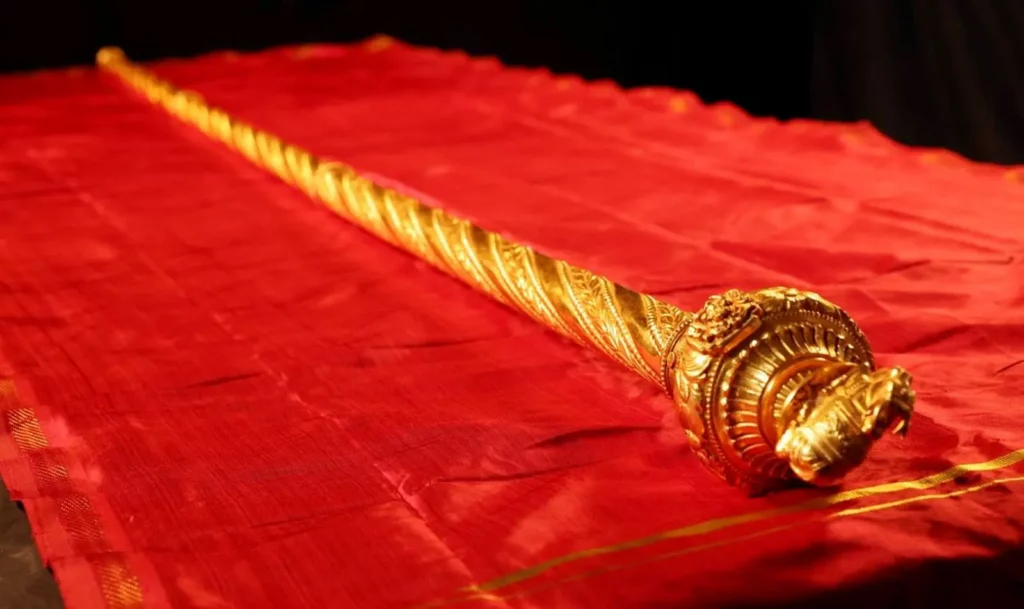Historical Sceptre ‘Sengol’ to be Installed in the New Parliament Building

On May 28, Prime Minister Narendra Modi will be inaugurating India’s new Parliament building in New Delhi. The old Parliament building was unfit for the modern requirements of the government, which is why the Rajya Sabha and Lok Sabha jointly decision to go ahead with the construction of a new Parliament building.
In the new Parliament building, a historical sceptre called ‘Sengol’ will be installed by Narendra Modi. Sengol is the Tamil word for sceptre. This sceptre represents the transfer of power from the British rule to the Indian government. The sceptre originally comes from Tamil Nadu and was first received by the first Prime Minister of India, Jawaharlal Nehru from Lord Mountbatten, 15 minutes before midnight on August 13, 1947. The Sengol has since then been a symbol of power and justice. All this time, the Sengol was kept in a museum in Prayagraj. It will now be installed in the new Parliament building and placed in a glass case next to the speaker’s seat, after being presented to Narendra Modi.
The Sengol holds historical significance as it was a traditional practice for the Chola dynasty to present the king with the sceptre. The object would act as a recognition of the ruler.

